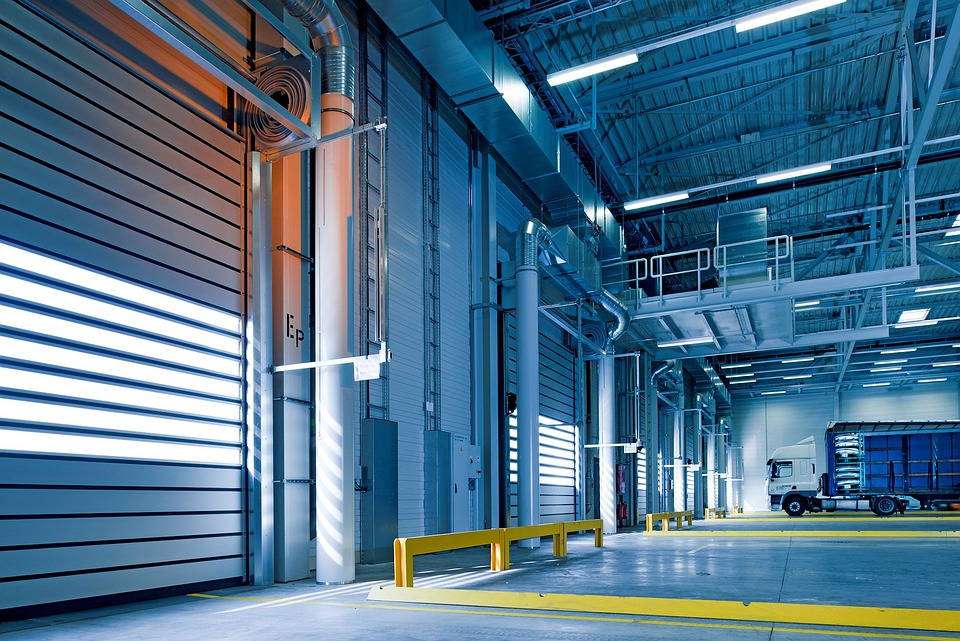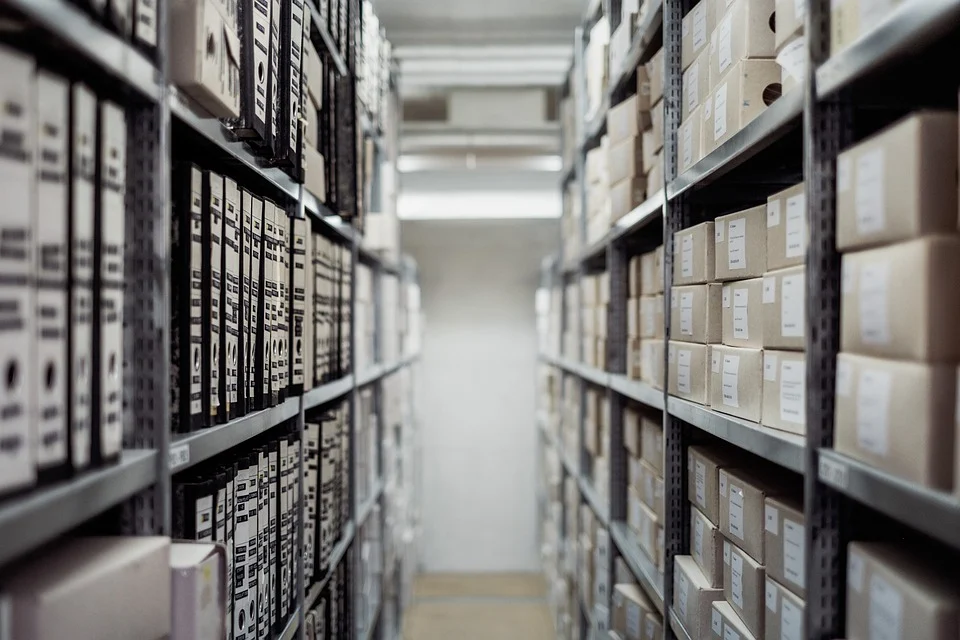DIving into FBA prep? For many Amazon sellers, it’s difficult to know where to begin when it comes to preparing your inventory – along with deciding which method and/or service to use.
There’s a huge list of things you need to consider for Amazon FBA prep, and it can be tough to know where to start. You might feel overwhelmed, and the stakes are extremely high (with large amounts of inventory on the line).
As FBA prep experts with decades of experience ourselves… you’ve come to the right place. In this article, we’re going to show you the worst mistakes Amazon sellers make when starting out with FBA prep, so that you can avoid them. By the end, you’ll know exactly what you need to do in order to get started.
Use this outline to skip to any section of this page:
- Using Amazon’s FBA prep service
- Handling FBA prep in-house
- Picking an untrustworthy FBA prep service
- Relying on your supplier to handle FBA prep
- Choosing a suboptimal warehouse location
- Failing to calculate total shipping costs correctly
- Selling large and bulky inventory
- Using an outdated or inaccurate tracking system
- Not using a climate-controlled warehouse
- Not drip-feeding your inventory (when optimal)
- Not having a dedicated FBA prep account manager
Using Amazon’s FBA prep service
When it comes to getting your inventory ready for Amazon FBA, you have a few different choices. One of those choices is to use Amazon’s FBA prep service. The truth is, though, that this service is very expensive – and it may not be worth it for you.
Here’s why: Amazon is not specialized in FBA prep. They’re focused on storage, handling and fulfillment – and most sellers prefer to run FBA prep by other means. Their FBA prep costs are far higher than you can expect to pay elsewhere – often decreasing your margin and leaving little room for profit.
In addition, the prep service doesn’t always do a great job. Many Amazon sellers report many items were scratched or damaged. So, before you decide to use Amazon’s FBA prep service, make sure you weigh all your options and consider the cost. There may be a cheaper and better option available to you.
Handling FBA prep in-house
Attempting to run FBA prep in-house often imposes too much stress, management burden, and holds you back from focusing on growing your Amazon business. You want to be focused on GROWING your business, not being STUCK IN your business.
Outsourcing your FBA prep work is the best decision you can make for your ecommerce store. Not only does it free up your time and resources so you can focus on growing your Amazon sales, but it also eliminates the stress and management headaches that come with doing this work in-house.
Using a reputable FBA prep company can save you money in the long run, too. By working with a professional prep service, you’ll get access to their high-quality equipment and expertise, which can help you speed up your preparations and avoid costly mistakes.
So if you’re looking to take your business to the next level, outsourcing your FBA prep is a step in the right direction.

Picking an untrustworthy FBA prep service
That being said… make sure to partner with a dependable and reliable FBA prep center.
When looking for an FBA prep service, put strong effort into due diligence. Not all companies are created equal and some can actually do more harm than good – -especially dealing with huge amounts of your inventory. Reach out, compare pricing and ask any questions before working together.
Some of the things you’ll want to consider when choosing a prep service include:
- The quality of their work
- Do they package your items neatly and correctly?
- How thorough are they in their prep work? Will they make sure all your items are ready for shipping?
- Are they communicative and easy to work with?
- Do they offer any additional services, such as FBA prep consulting or distribution?
Ultimately, the best way to find the right prep service for you is to try a few out and see which one works best for your business.
Relying on your supplier to handle FBA prep
This can be a huge mistake, as your supplier may not be familiar with the process or may not have the necessary equipment to do the job properly. As a result, you may end up with products that are damaged or that don’t meet Amazon’s requirements, which can lead to costly fees and other penalties.
To avoid this mistake, it’s important to do your own research on FBA prep – or find a supplier that is familiar with the process and has the necessary equipment. However, the majority of suppliers won’t be a reliable FBA prep solution in the long term. They’re simply focused on being your supplier – not your FBA prep service.
If you plan to try this option anyway, you should consider doing a trial run with a small batch of products to make sure everything goes smoothly before sending your entire inventory.
Another common mistake Amazon sellers make is skipping product testing. This can be a costly error, as you may end up selling products that are defective or that don’t meet customer expectations. Product testing is essential to ensuring that your products are of high quality and will meet customer needs. To avoid this mistake, be sure to test your products thoroughly before listing them for sale.
Choosing a suboptimal warehouse location
There are a couple important factors to consider when choosing a warehouse location for your Amazon business.
- Is it near the shipping port?
- Is it near your Amazon fulfillment centers?
With your FBA prep location close to the shipping port and Amazon fulfillment centers, you’ll keep shipping costs at a minimum.
Beyond the proximity to the shipping port and Amazon fulfillment centers… you also need to consider the cost of real estate and labor in the area, as well as the availability of qualified workers. However, this only applies if you attempt to run your own FBA prep operation for your business.
It’s important to do your research and make sure you choose a warehouse location that will be optimal for your business. By considering the proximity to the shipping port and Amazon fulfillment centers, you can ensure that your shipping costs are minimized and that your customers receive their orders quickly.

Failing to calculate total shipping costs correctly
When calculating shipping costs, you need to take into account:
- The weight of the item
- The size of the item
- The distance between you and your customer
You also need to take into account any additional fees that may be associated with shipping the item.
For example, if you are shipping a heavy item, you may need to purchase a special shipping container in order to ensure that the item arrives safely at its destination. If you are shipping a large item, you may need to purchase a larger shipping container or even an airplane ticket in order to get the item to its destination.
We talk more about this in our Cheapest Way to Ship to Amazon FBA Fulfillment Centers and How Much Does Amazon FBA Prep Cost articles.
There are a number of different ways to calculate shipping costs. The best way to find out how much it will cost you to ship an item is to use a shipping calculator. A shipping calculator will help you determine the cost of shipping an item based on its weight, size, and distance. There are a number of different calculators available online, so be sure to choose one that meets your needs.
Selling large and bulky inventory
Many Amazon FBA sellers make the mistake of trying to sell large and bulky inventory. While this can be profitable, it can also be difficult to manage and transport.
In order to make the most of your inventory, you need to make sure that it’s manageable and easy to ship. You also need to be sure that you are pricing your items correctly and that you are taking into account the cost of shipping. If you are not careful, you may find yourself with a lot of unused inventory on your hands.
The smaller and lighter the item, the better.
Small items are easier to ship and tend to have higher profit margins. For this reason, if you’re looking to sell products on Amazon, it’s best to focus on items that are lightweight and can be easily shipped.
Of course, there are some exceptions to this rule. If you can find a unique or specialty item that people are searching for online, then you may be able to get away with selling a heavier product. But for the most part, it’s best to stick with small and lightweight items.
Using an outdated or inaccurate tracking system
Many Amazon FBA sellers make the mistake of using an outdated or inaccurate tracking system. Not only does this lead to mistakes and lost sales, but it can also result in suspension from Amazon. It’s important to make sure your tracking system is up-to-date and accurate, so you can avoid these pitfalls and keep your business running smoothly.
There are a few things you can do to ensure that your supply chain is running as smoothly as possible:
The first step is to make sure that you have accurate inventory tracking in place. This means accurately tracking the number of items you have in stock and ensuring that the quantities match what is being ordered and shipped. It’s also important to routinely audit your inventory to make sure there are no discrepancies.
Ensure your suppliers are reliable and can meet your shipping deadlines. You should also have a plan in place for dealing with shortages or delays. This may include having backup suppliers lined up or having contingency plans in place for shipping products from other warehouses.
Stay on top of your Amazon FBA shipping metrics. This includes tracking order fulfillment times and shipping costs. By monitoring these metrics, you can identify areas where you may be able to improve efficiency and save money.

Not using a climate-controlled warehouse
There are many benefits to using a climate controlled warehouse for FBA prep. The most important benefit is that it helps to protect your products from damage caused by extreme weather conditions. A climate controlled warehouse will keep your products at a consistent temperature, which will help to prevent them from becoming damaged or ruined.
By choosing an FBA prep service with a climate controlled warehouse, you can be sure that your products will be handled and stored in the best possible way, which will help to protect their condition and keep them sellable.
Not drip-feeding your inventory (when optimal)
There are several benefits to drip feeding inventory to Amazon FBA warehouses:
You can better manage your inventory and cash flow.
When you first start selling on Amazon, it can be difficult to predict how much inventory you will need. If you overstock your inventory, you could end up with a lot of unsold items and wasted money. If you understock, you may not have enough items to meet customer demand. Drip feeding your inventory allows you to slowly increase your stock as needed, based on sales data from Amazon. This helps ensure that you have the right amount of inventory on hand without overspending or running out of products.
It can help reduce shipping costs.
When you send all of your inventory to an Amazon warehouse at once, you may end up paying more for shipping than if you shipped the items in smaller quantities. By drip feeding your inventory, you can spread out the shipping costs over time, which can save you money.
Drip feeding can help improve your seller rating and ranking on Amazon.
When customers order from Amazon, they expect their items to be shipped quickly and arrive in perfect condition. If your products are constantly out of stock or arriving damaged, it could hurt your seller rating and ranking. Drip feeding allows you to maintain a high level of stock without negatively impacting your ratings.
At ZonPrep, we specialize in strategically drip-feeding your inventory to Amazon to minimize your storage fees and prevent stockouts – without putting all your inventory into Amazon’s hands. If you’re looking to optimize your supply chain and reduce your FBA costs, reach out to us today.
Not having a dedicated FBA prep account manager
You need a dedicated account manager for FBA prep. Having an account manager who is solely responsible for your FBA prep needs will ensure that your products are ready to sell as soon as they arrive at Amazon’s warehouses.
This person will work with you to make sure your inventory is properly packaged and labeled, and that all the necessary documentation is in order. Having an experienced account manager handle your FBA prep can save you time and money, and help ensure that your products are successful on Amazon.

